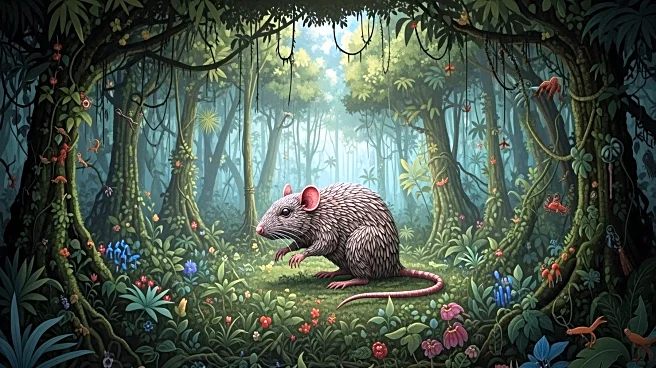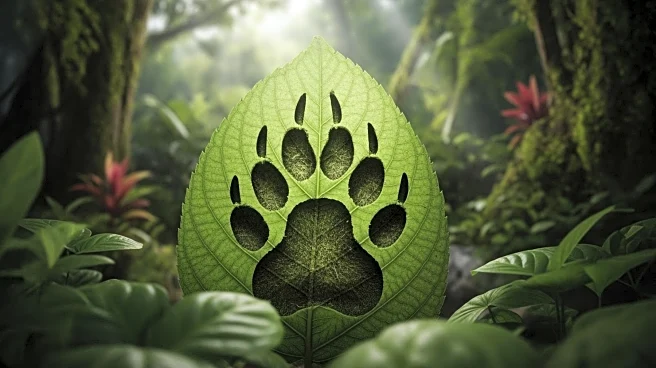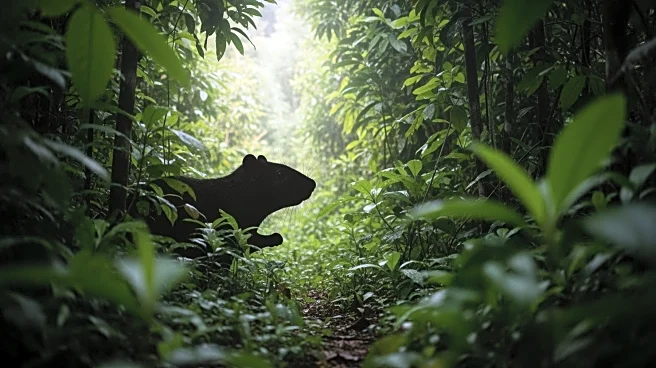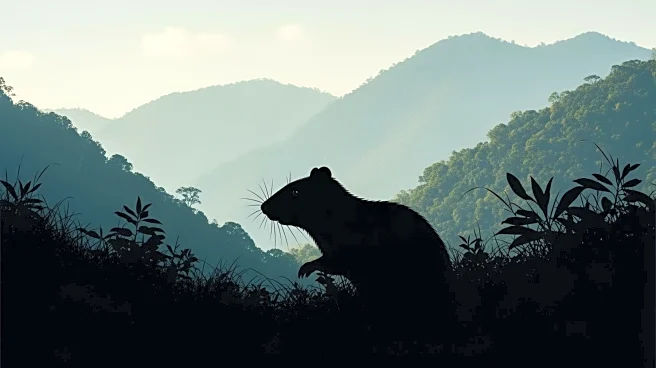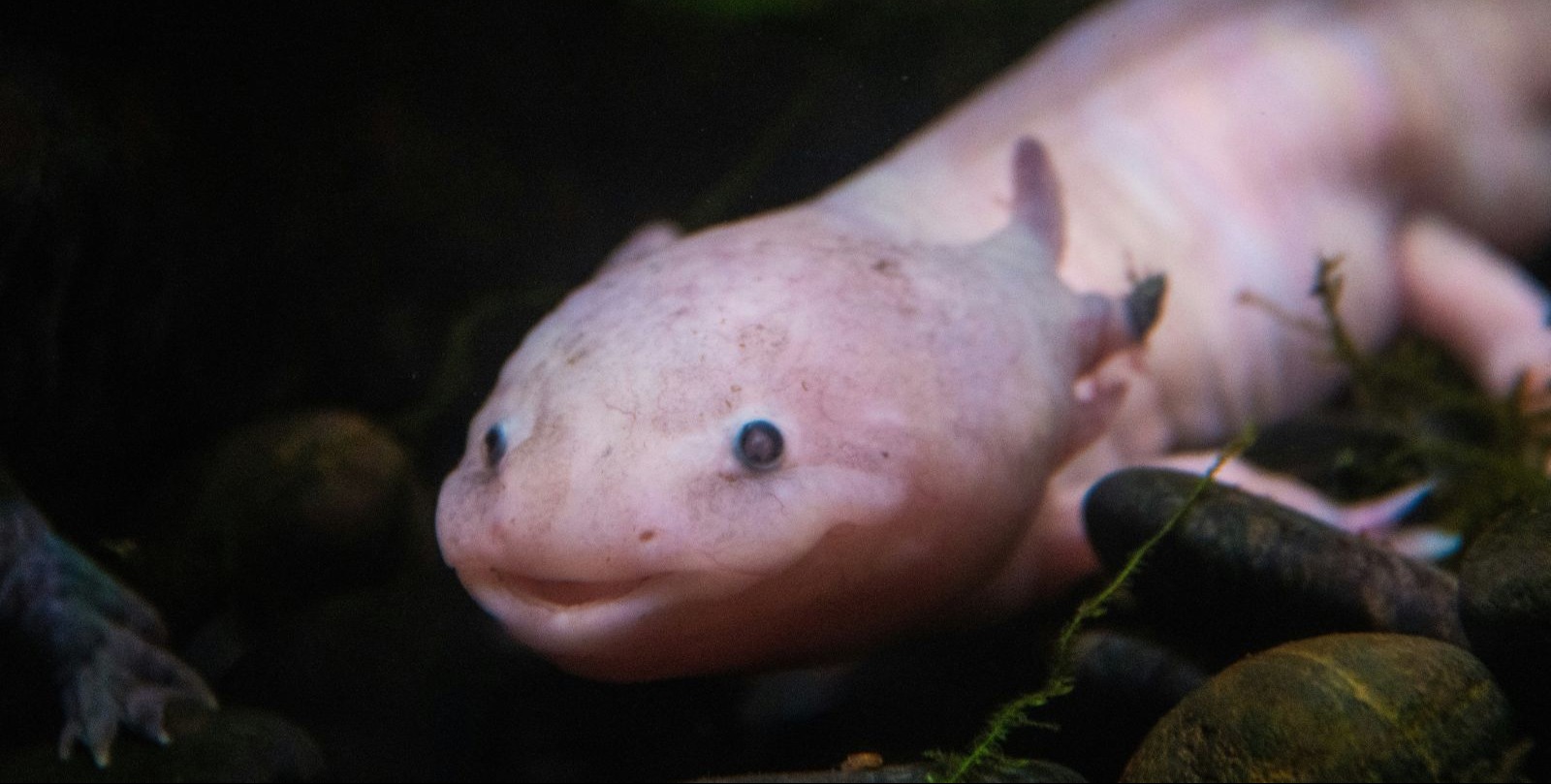What's Happening?
A Czech doctoral student, František Vejmělka, has rediscovered the Subalpine Woolly Rat (Mallomys istapantap) in the highlands of New Guinea after it was last documented 30 years ago. This nocturnal rodent,
one of the largest in the world, was previously known only from museum specimens. Vejmělka's expedition, which lasted six months, resulted in the first photographs and video footage of the species in its natural habitat. The rat lives at altitudes of around 3,700 meters, in mist-covered forests and grasslands. Vejmělka's research provides new insights into the biodiversity of New Guinea's remote highlands, including biometric measurements and details about the rat's diet, parasites, and behavior.
Why It's Important?
The rediscovery of the Subalpine Woolly Rat highlights the rich and largely unexplored biodiversity of New Guinea's tropical mountains. This finding underscores the importance of conservation efforts in these regions, which face threats from activities such as mining. The collaboration between scientists and indigenous communities is crucial for protecting these unique ecosystems. The research not only advances scientific understanding but also raises awareness among local populations about the significance of their natural heritage. This discovery could lead to increased interest and funding for further exploration and conservation in New Guinea.
What's Next?
Future research may focus on further exploration of New Guinea's highlands to uncover more about its biodiversity. Scientists might collaborate with local communities to develop conservation strategies that protect these ecosystems from external threats. The findings could also inspire similar studies in other underexplored regions, potentially leading to new discoveries and conservation initiatives. Additionally, the data collected could be used to advocate for policy changes that prioritize environmental protection in New Guinea.
Beyond the Headlines
The rediscovery of the Subalpine Woolly Rat raises questions about the extent of undiscovered species in remote areas and the role of traditional knowledge in scientific research. The collaboration with indigenous hunters was crucial for locating the rats, highlighting the importance of integrating local expertise in scientific endeavors. This approach not only enriches scientific data but also fosters mutual understanding and respect between researchers and indigenous communities.
